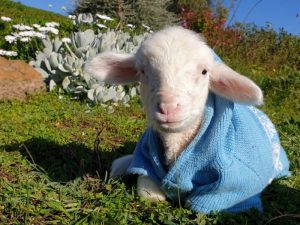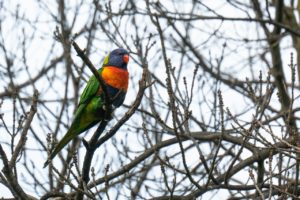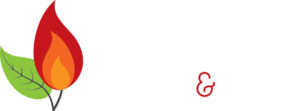As you know, destructive bushfires have been raging in parts of my home state of Victoria among many parts of Australia (particularly on the east coast). Many rural towns are under tremendous stress and uncertainty. A state of emergency was called for the entire state of New South Wales last week after 4.9 million hectares of land were burned, and areas of Victoria were declared a disaster. These areas include East Gippsland, the Alpine region and the state’s north-east.
Last week, Australian ecologist Professor Chris Dickman estimated up to 480 million animals including 8,000 koalas have been killed by fires in New South Wales alone. Fires have been burning in New South Wales since September last year so this figure extends back to September. This number doesn’t take into consideration insects, frogs and bats.

If attention is turned towards animal agriculture, deaths of animal agriculture animals is exceeding the 100,000 mark. As reported by Australian news outlet ABC, some farmers decided to “open the farm gates to give their cattle the best chance of escaping the blaze, but many did not survive.”
This week, Greenpeace Australia Pacific has endorsed a call for a Royal Commission into these unprecedented fires. The call was made by the Fire Brigade Employees Union (NSW), the United Firefighters Unions of Queensland, South Australia and Western Australia, the Public Service Association of New South Wales and the New South Wales Volunteer Firefighters Association. Greenpeace Australia Pacific’s Head of Campaigns, Jamie Hanson was quoted:
“The climate has changed. That mean the country requires far greater ambition on climate change. We must change approach to the way we manage and fight fires, and we must act to reduce climate pollution. This unprecedented and catastrophic fire season still has months to go and the next one will not be far behind.
We need to start planning now so the chaotic scenes witnessed this summer do not become an annual occurrence. But this inquiry needs to go beyond the symptoms of the bushfire crisis and look at the largest underlying cause of the conditions that have exacerbated these fires, which is burning coal.”
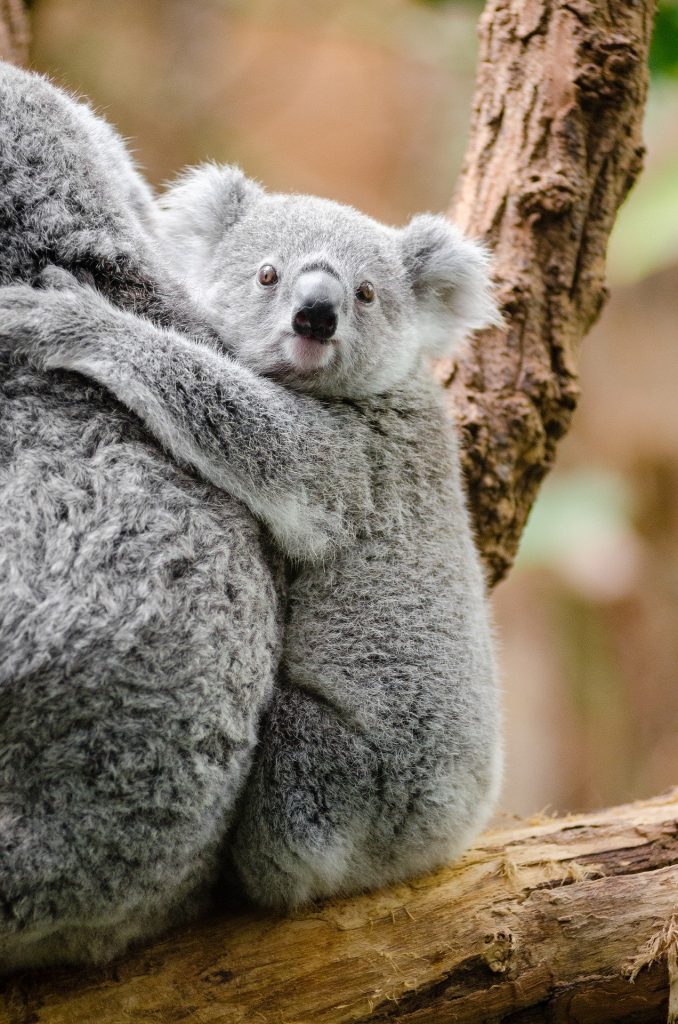
To underscore Greenpeace’s call for a Royal Commission, another Australian news outlet SBS reported that Australia has officially recorded its warmest, driest year on record (according to reports from the Bureau of Meteorology).
Yet, Greenpeace fails to acknowledge the elephant in the room. Animals Australia reveals that animal agriculture is the biggest cause of climate change. Sadly, Australia is facing a time of accelerated land clearing for animal agriculture that’s coinciding with the lowest levels of rainfall in recent history.
While the greater powers to be grapple with what to do next, the everyday Australian struggles to understand. What can they do at an individual level? People are feeling helpless, but they shouldn’t feel this way. Why? Well, we can all do a lot with the power of one.
At an individual level, we as Australians can start by what’s being dished up on our plates. We can consider a vegan diet because animal agriculture is – time and time again – linked to climate change. It’s Veganuary this month, so what better time than to make the change.
We can also look outward. Many not-for-profits and animal rescue groups are pleading for help. Donations – money or supplies – are now urgently needed. The below list includes many of the NFPs and animal rescue groups on the east coast that have been putting out public messages for help.
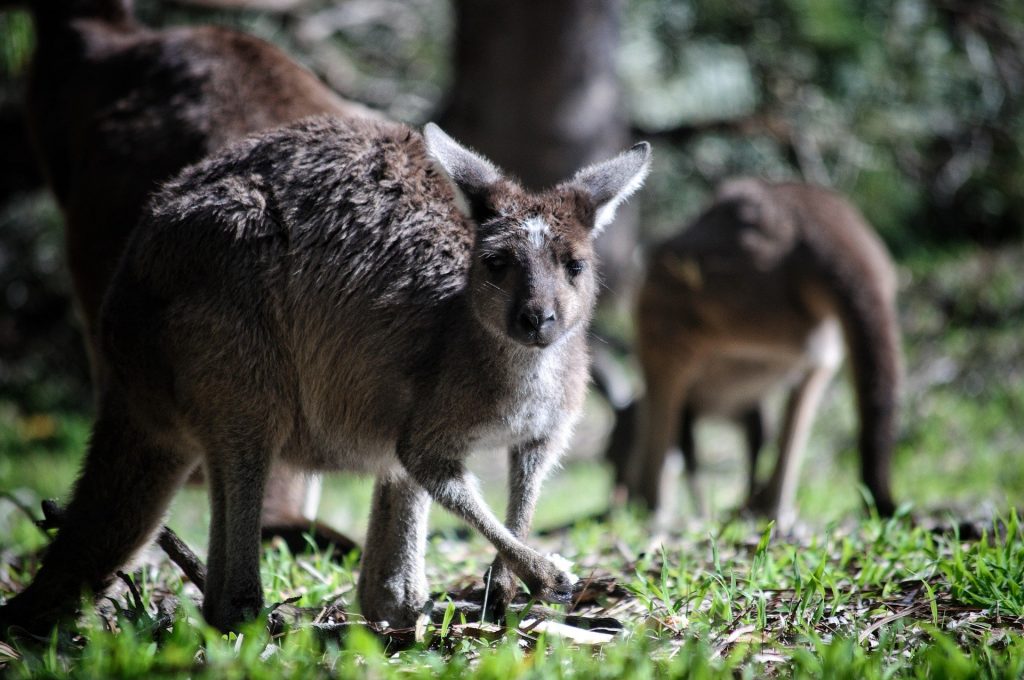
It’s not too late to help. A simple money donation will be welcomed. If you can’t afford a money donation, but can offer assistance or supplies, please do so. Do your research and discover which groups need your help and in what capacity. You can read their social media posts to determine what to donate.
Unfortunately, after any disaster event, there are some people who will try to take advantage of your generosity. It’s best to make your donation directly to the group, and many groups advertise their banking details so they can receive your donation. Avoid suspect online fundraising campaigns that may seem detached from the groups you are trying to support. Again, be vigilant and do your research first before making a contribution.
Your contribution, in any way, will make a huge difference overall. Now is the time we need to band together to do what we can when we can.
Animal Rescue Collective – various locations
An animal rescue collective that offers fire/emergency support. This is a joint project of many rescue groups around Australia.
Australian Red Cross – Australia-wide
Provides relief in times of crisis and care when it’s needed most, particularly this time of bushfires when some Australians have lost their houses and possessions.
Country Fire Authority – Victoria
Victoria’s regional volunteer firefighting service fighting the current fires affecting Victoria.
Fly By Night Bat Clinic Inc – Victoria
Volunteer rescuers and carers dedicated to the rescue and rehabilitation of Victoria’s native Grey-headed Flying Foxes and Microbats.
Food Bank Victoria – Victoria
Fights hunger by sourcing food for people in need, particularly during this time when those affected do not have a source of food available.
Freedom Hill Sanctuary – Harrogate, South Australia
A safe haven for animals that have been rescued from mistreatment or neglect. Freedom Hills was forced to evacuate due to fire threat.
Koalas in Care Inc – Taree New South Wales
A group of volunteers committed to the welfare and preservation of wild koalas in Australia, providing a 24-hour koala rescue service for sick, injured or orphaned koalas.
Little Oak Sanctuary – Australian Capital Territory
Offers sanctuary to animals in need while promoting compassion for all animals through education and cruelty-free living. Little Oak Sanctuary is currently offering a pro-life alternative for injured, burned or displaced farm animals including ongoing vet treatment. The sanctuary is open to those in the ACT and NSW who wish to surrender any farmed animals.
Mallacoota Wildlife Shelter – Mallacoota, Victoria
Mallacoota Wildlife Shelter cares for sick, injured and orphaned native wildlife and rehabilitate and release them back into the wild.
New South Wales Rural Fire Service – New South Wales
New South Wales’ regional volunteer firefighting service fighting the current fires affecting New South Wales.
Vets for Compassion – Australia
Vets for Compassion improves animal welfare both in Australia and in Asia, providing an emergency response during disasters through provision of highly trained vets and vet professionals to help affected wildlife, farm and companion animals.
Victorian Lamb Rescue Inc – Victoria
Rescues, rehabilitates and rehomes lambs and sheep, as well as providing sanctuary to animals in need. Victorian Lamb Rescue Inc is currently helping farmed animals affected by the current bushfires.
Whisker Woods Sanctuary – Canberra, Australian Capital Territory
A sanctuary that provides shelter and direct care for orphan, abused, injured or abandoned animals. Whisker Woods has being receiving wildlife fleeing from neighbouring bushfire incidents.
Wild2Free Kangaroo Sanctuary – New South Wales and Victoria
A kangaroo sanctuary and release site for kangaroos. Sadly, Wild2Free’s entire operation was destroyed in last week’s fires. All that was left was a shipping container with supplies.
WIRES Australian Wildlife Rescue – Brookvale, New South Wales
A wildlife, rescue, information and education service for native animals that’s volunteer-based.
Wildlife Rescue South Coast Inc – Nowra, New South Wales
The largest wildlife rescue group in the New South Wales coastal region that undertakes wildlife rescue and rehabilitation from Wollongong to Southern Highlands, and the NSW South Coast to the Victorian border.
Wildlife Victoria – Victoria
Help and protects wildlife through rescue, education, and advocacy activities, responds to community reports of distressed wildlife and facilitates the care needed, especially during this time of disaster.

